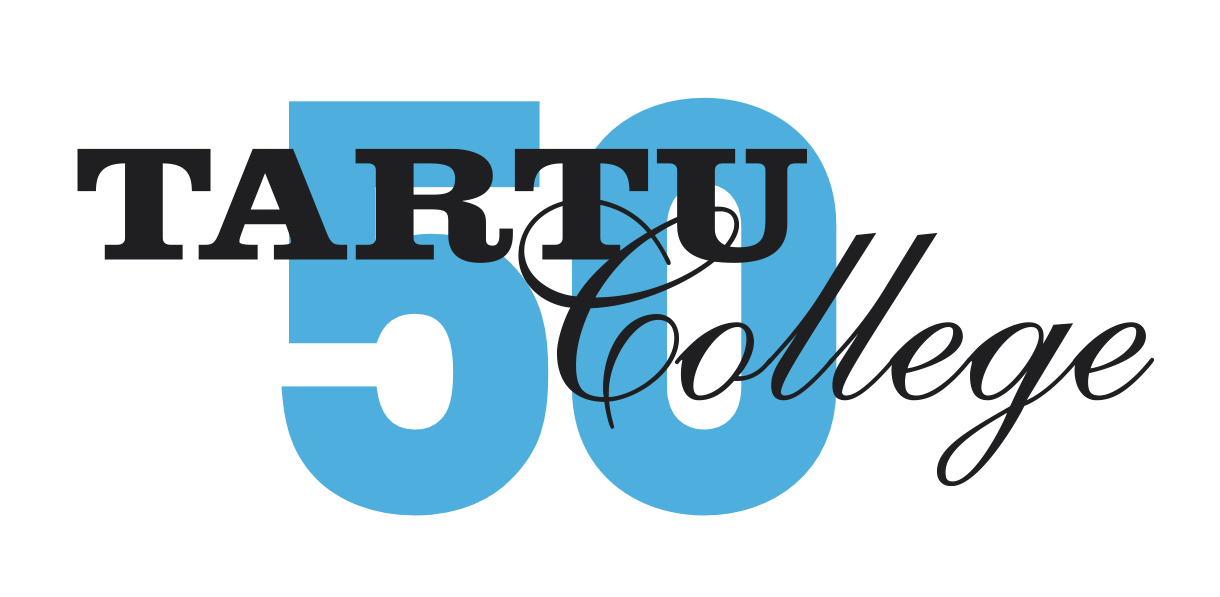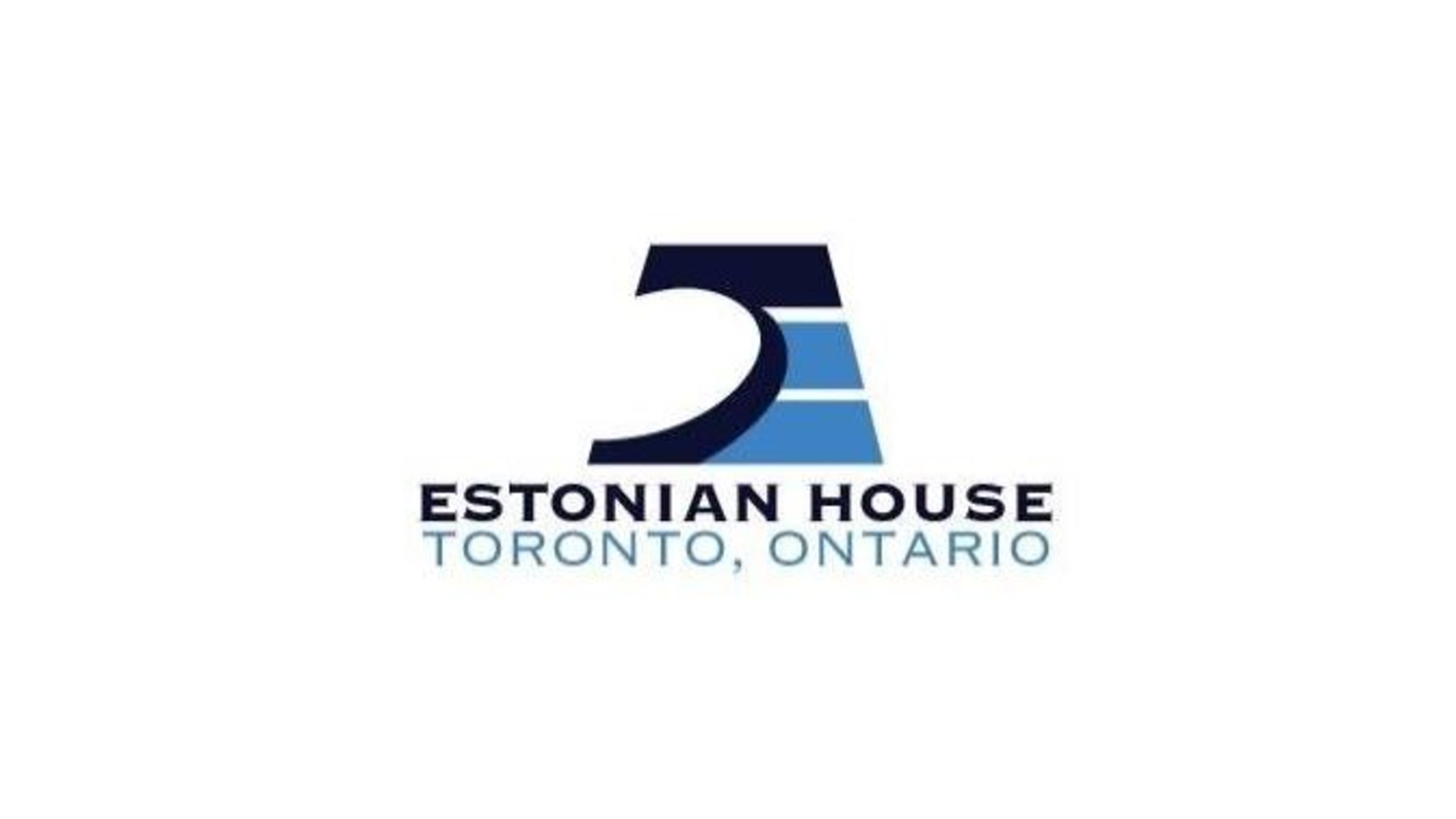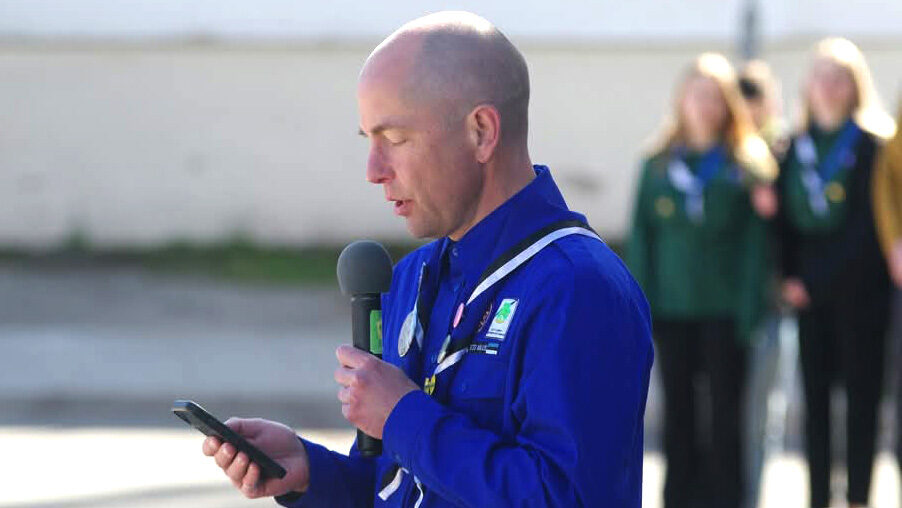Their experience and knowledge with the student housing market encouraged Elmar Tampõld to propose the construction of a high-rise student residence to his fraternity Korp! Sakala and subsequently to other Estonian fraternities which could also serve as a common home for all. The fraternities had recently lost their leased konvendi maja at 42 Bedford Avenue in the Annex. To show this to be more than a conceptual plan, and with considerable foresight, Elmar Tampõld pre-purchased (with an Option to Buy) a building in 1965 at the corner of Bloor St. W. and Madison Avenue (310 Bloor Street West) from its owner, Dr. Herbert Bowen.
In 1967, discussions began in earnest amongst Eesti Korporatsioon Liit (EKL) members to plan out the requirements for a shared home, an ühismaja, for all of the Estonian academic fraternities, sororities and societies active in Toronto. As a first step, Tartu College was legally established as a Not for Profit Corporation by the Province of Ontario on November 8, 1967. The founding Directors of TC met in November 1967 and authorized issuing $400,000 of Series A Debentures yielding 7% per annum (each valued at $400) maturing on Dec. 1, 1997. These funds were intended as the basis for securing the CMHC mortgage to construct the building. In addition, they made the decision to also purchase the neighbouring lot at 302 Bloor St. W. to increase the size of the potential development on the site. The two lots were purchased for a total of $450,000 and make up the current TC site.
Student Management Services paid for the 310 Bloor St. W. lot with a $50,000 down payment. The balance of the purchased cost was paid for with a 2 year vendor-take- back (VTB) mortgage at a 7% interest rate. The 302 Bloor St. W. lot was paid for with a $15,000 down payment and the remainder secured with a 3 year VTB mortgage at 7% interest. This downpayment was made possible by three $5,000 loans taken out by Edmund Waldin, Tõnis Laar and Johannes Pahapill, all Directors of Tartu College.
On April 23, 1968, CMHC agreed to make a loan under the National Housing Act, to finance the construction of this student housing project at 302 and 310 Bloor W. There were however numerous conditions to fulfill. The first mortgage was to be the lesser of $3.011 M or 90% of the construction cost, repayable over 50 years, at 67⁄8 % interest per annum. As conditions for this loan, CMHC would have to approve the working drawings and specifications for the building, construction supervision would need to be carried out by a qualified architect or engineer, and there would be a 15% holdback on the value of the work completed “<i> until the project has been fully completed and the statutory period for the filing of mechanics liens has expired” <i>. The final cost of the project required certification by an auditor, approved by the CMHC and supported by other data as CMHC would require. In addition, CMHC’s commitment would cease if their conditions were not met or if construction of the project did not start within six months from the date of their approval letter.
Development continued quickly and numerous agreements needed to be completed for the required approvals and before construction could begin. The City of Toronto demanded 112 parking spaces for this development as per their planning by-laws. This required lengthy negotiations with the Toronto Transit Committee(TTC) and Metropolitan Toronto. The only way to provide such a solution was to build underground parking and supplement the parking requirement with outdoor parking on the vacant TTC right-of- way land, beside TC. This is now the site for the new International Estonian Centre.
The City’s Committee of Adjustment approval for ‘minor variances’ was received on September 30, 1968. It provided for ‘the number of motor vehicle parking spaces required by by-law to be provided and maintained in conjunction with the use of the subject parcel of land as an apartment-hotel’. [The City had no proper zoning definition for student residences and thus TC was classified as an apartment hotel]. The Municipality of Metropolitan Toronto gave TC a lease on the parking lot property for 31 years, with a further 31 year option, to allow TC to have the required parking demanded by the City of Toronto. This lease between Metro Toronto and Tartu College was signed on September 13, 1968.
In addition, letters of approval and concurrence were required from the University of Toronto and the Ontario Government prior to any CMHC funding approval. As well, numerous meetings with the City took place, drawings and specifications needed to be completed, a detailed construction budget was established for submission to the CMHC, a Committee of Adjustment hearing needed to be held and much more. The project was progressing rapidly in the second half of 1968. The building permit application was filed on June 28, 1968 and the demolition of the houses at 302 and 310 Bloor Street W. was begun. A stipulated sum construction contract was signed with AG Murphy Construction Ltd.
Issues arose related to the building permit application. TC was forced to ask for an exemption to their application when a new by-law was passed after the building permit submission to the City. This by-law would have necessitated a complete redesign of the structure and a reapplication for a revised CMHC mortgage. The exemption was granted with the proviso that an indemnity agreement was entered into. This Indemnity Agreement was signed by the City of Toronto and Elmar Tampõld personally who had to enter into a Line of Credit with the Bank of Montreal (BMO) for $150,000. At the time TC did not have the financial wherewithal to sign such an indemnity, which read “That he will indemnify and save harmless the City and the Commissioner from and against any liability for damages, loss, costs or expenses, incurred by any reason of or in any way arising out of the issuing by the Commissioner to the Owner or to Tartu College of a building permit…” Without this indemnity and without the 112 parking spaces, a building permit would not have been issued.
At their October TC Board meeting, the building plans were amended with an increase in construction costs of $130,000 and a corresponding increase in their first mortgage with CMHC. This was mainly due to the addition of the G Floor (the semi-buried floor where the Estonian fraternities and societies are based) to the scope of the project.
By year end, a building permit had been issued, the two building lots 302 and 310 Bloor St. W. were transferred to Tartu College from SMS (for the sum of $2 on Dec. 12, 1968 plus the outstanding mortgages on the properties). The homes on these lots were demolished and construction of a new student residence building started. The problems had only begun.
The Funding Challenge for TC
Cash flow is paramount in any construction project. As of September 1969, $85,000 in debentures had been purchased, mainly by members of the Estonian academic community. This was far short of the $400,000 Series A Debentures issued. Funding the cash flow was to be problematic for the TC Board until the very end of the project. Solutions needed to be found to minimize the immediate requirements for cash since TC owed close to $380,000 on mortgages and had serious limitations for borrowing additional monies.
Although the building lots were secured, an agreement was needed to pay for the services of SMS and Tampold Wells Architects. In lieu of immediate fees, SMS agreed to take a promissory note where their fees and expenses would be paid back over a lengthy multi-year period. SMS would be the project manager responsible for choosing the general contractor, supervising the construction, its planning, dealing with CMHC, and working with the architects. SMS would also end up playing a major role in the bridge financing requirements for TC.
Previous CMHC loans practices had been to pay out the land costs on their first payment. However a change was made by CMHC to this practice whereby it did not make a full payment for TC’s purchased land. The result was that the contractor AG Murphy was paid only $48,000 on the first CMHC draw of $383,000 in 1969, since the TC Board chose to use the majority of the first CMHC payment funds towards paying off the land mortgage debt. By the end of 1969, TC’s account payable and accrued liabilities amounted to $870,919 as indicated in their 1969 financial statements. Their cash position was $17,928.
Also in December, TC was informed that the cost for the basement room and the new commercial addition had been removed by CMHC from their first mortgage since CMHC no longer was willing to pay for non-student area spaces. With limited financial resources the TC Board struck a deal with AG Murphy to pay for these two building areas by providing a 50 year lease of TC’s office space at $1 per year to finish their construction and fit-up.
Construction Period (November 1968 – April, 1970)
The contract with the builder AG Murphy Construction Ltd. scheduled for completion of the building by September 1,1969. The actual completion date for the entire building was April 1970.
Difficulties were numerous – cash flow continued to be a problem, and strikes by various building trades slowed down progress. The strike by the elevator installation workers caused serious scheduling problems. The first 45 students moved into TC on December 1, 1969 but were only allowed to occupy floors 2 to 4, since “with the elevators not in working order and the Building Department of City of Toronto objects to renting under said conditions”. On January 1, 1970 another 30 students moved into TC, bringing the total to 75. Construction continued on the upper floors until spring.
The dilemma with not having the building’s elevators operational, was that the City would not issue an Occupancy Permit for TC, which in turn then led to CMHC not releasing their final payment plus the 15% construction lien holdback monies. This resulted in larger bridge financing costs for construction.
By March of 1970, the financial difficulties further increased, as the building was only occupied for 3 floors and TC had not received their final payments from CMHC. Elmar Tampõld arranged a $250,000 loan with Metropolitan Trust at 15% interest for a term of 6 months. Board of Directors minutes indicated “E. Tampõld offers his guaranty and surety that the loan, if arranged and obtained, shall be repaid in the terms of the mortgage and assured the Board that he is financially able to be responsible for the repayment of the said loan…”. This was clear evidence that TC could not raise any funding on its own and had to rely on E. Tampõld personally to raise the bridge financing and pay for the contractor’s commitments.
In July 1970, E. Tampõld informed the TC Board that SMS was willing to assume the commitment made to AG Murphy as contractor and advance TC a further $100,000 in cash and that they will also restructure their payment schedule for their TC debentures totalling $275,000 (this was the amount TC owed SMS for all of their services). In addition, the Board is informed that AG Murphy has assigned its lease rights to the commercial space to SMS. Further, 3 Directors of TC’s Board each lend TC $5,000 to assist with their cash flow issues (Vello Muikma, Juhan Toomes and Edmund Waldin).
The grand opening party for TC is held on September 19, 1970 in the suur saal, with close to 200 participants admiring the new facilities. The building was rented to full capacity however CMHC had yet to pay all of their promised monies. A payment was made in October, 6 months after construction completion. The final reconciliation with CMHC only occurred in 1971 with a final payment of $272,224.
The final costs for Tartu College can be summarized as: land ($ .45 M), construction ($ 2.6 M), other costs including SMS and professional fees ($ .30 M), and interest payments during this period ($ .43M), resulting in a total cost of $ 3.83 M. In the end CMHC paid 87% of the final cost of the building and land. To put these costs in perspective, in today’s dollars, the Consumer Price Index has increased by a factor of 7.1 since 1968. [The final construction cost in 2020 dollars would be equivalent to $27.2 M.]
Tampold Wells costs of $275,000 were paid down in full 22 years later in 1992. Their return was 7% on this amount. They also received the assigned office lease rights from AG Murphy for 50 years. The owners of Tartu College, the Estonian korporatsioonid and seltsid, invested $120,000, 50 years ago, and today own the land and building now worth more than $40 M! [Verified by MPAC’s market value analysis which is the basis for TC’s municipal taxes and a recent real estate assessment required for a future loan application.] They also received their own floor for which they pay neither rent nor expenses.
The reason that Elmar Tampõld’s picture hangs in the TC foyer is that he is not only the visionary, benefactor and architect for Tartu College, he had a crucial financial role as well. He guaranteed and provided financing during critical periods when TC itself was not financially able to do so. Without his support in all likelihood, Tartu College would not exist today. He personally took financial risk, deferred income to his firm, and played a major role in guiding the project to a successful conclusion. All to have a home for the Estonian academic community and also to establish an Estonian academic centre to promote and preserve the Estonian experience during the cold war period. Fifty years later, Tartu College is not only home to the academic korporatsioonid and seltsid, it is a sustainable and valuable centre of support for the Estonian community as a whole.
Jaan Meri
(The President and Chair of the Board of Directors for Tartu College during the past 11 years.)



